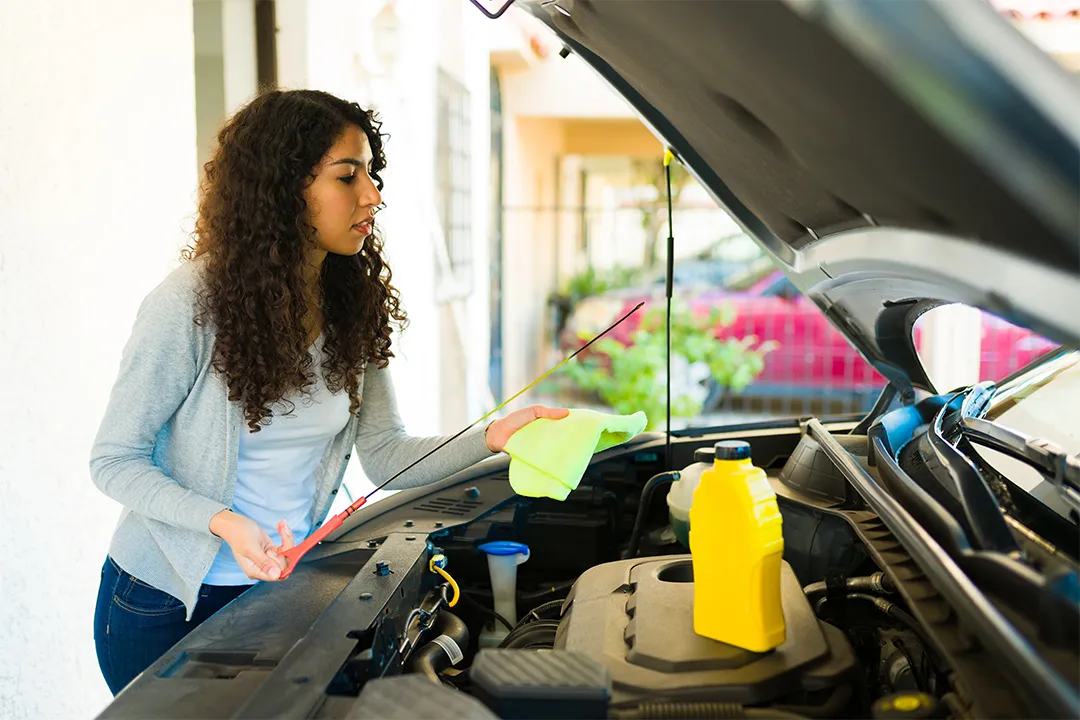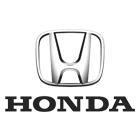
Car Maintenance 101: What Are My Responsibilities When Leasing A Car?
Although a lease vehicle remains the property of the leasing company throughout the period of the lease, and the vehicle is returned to the leasing company at the end of the lease, this doesn’t absolve the driver from looking after the vehicle in the meantime. This is a basic requirement from a safety point of view, but can also impact on charges a driver may incur at the end of the lease period. In this article we will explain how a lease contract works in terms of service and maintenance, and will also outline the driver’s basic maintenance responsibilities during the lease period.
How do I know what my maintenance responsibilities are?
The lease agreement you sign with Pink Car Leasing will specify what is expected of you with regards to maintenance of the vehicle and you should read and understand this first and foremost. All new vehicles made available for lease by Pink Car Leasing will come with a manufacturer’s warranty, but as soon as a vehicle starts to be driven, it will naturally suffer wear and tear. This is unavoidable, and the level of wear and tear can differ according to the type of vehicle, the type of driving you undertake and the level of mileage you drive.
A vehicle requires servicing and maintaining at regular intervals throughout its use, and the frequency of this will differ, again, according to the type of vehicle and the mileage driven, but this will be stipulated in the manufacturer guidelines. In most cases you have the option to add a service and maintenance plan to your lease contract. This will form part of your monthly leasing fee so it is easy to budget for and everything will be arranged for you, with service visits at your convenience to one of our approved garages. This will ensure your repair and maintenance needs are covered.
However, this is optional and you are free to arrange your own service and maintenance deal separately if you wish to, and of course you will need to settle this cost separately yourself. The only stipulation is that the service dealership is UK-based and is an approved garage which can regularly service the vehicle in accordance with the manufacturer guidelines. If you don’t carry out regular servicing and the vehicle needs repairs due to your neglect or bad driving, then you could incur costs at the end of the lease period.
Regular basic maintenance of a lease vehicle
In between scheduled service visits – regardless of whether this is arranged by us or by the driver – the driver has a responsibility to carry out everyday basic maintenance of the vehicle. This ensures the vehicle is safe to drive and also prevents minor issues developing into more damaging issues. These basic maintenance features include:
Oil changes – A good oil supply is essential for the engine, so check the vehicle manual for how often this should be done. Although oil is not required for the engine of an electric vehicle.
Tyres – Tyre condition can affect the safety and performance of the vehicle, therefore you should regularly check the tyre pressure and depth of tread.
Cleaning – Regularly cleaning the vehicle, both inside and outside, can prevent permanent damage to upholstery and paintwork.
Inspection – You should regularly inspect for fluid leaks, brakes condition, working lights and you should also respond to any unusual noises.
Safe driving – This is a form of maintenance, because harsh braking, speeding and bad handling over speed bumps, for example, can all damage a vehicle unnecessarily and can cause avoidable wear and tear.
Prompt repairs – A lease driver should respond to repair needs promptly because small problems can escalate and could be classed as neglect. Even normal wear and tear could become the driver’s responsibility, rather than the lease company’s, if not addressed and the problem becomes bigger or permanent.
Records – The driver should keep records of all service, maintenance and repairs. This maintains a history for future users of the vehicle but also provides evidence to support your case should there be any disputes at the end of the lease.
When the lease period ends, the leasing company will inspect the vehicle and could charge for any wear and tear that is beyond acceptable levels. At Pink Car Leasing we refer to the British Vehicle Rental & Leasing Association (BVRLA) guide as to what levels of wear and tear are generally acceptable. Allowances are made for natural wear and tear, but anything which could be attributable to neglect, bad driving or not carrying out regular, approved service and maintenance, could result in extra charges.
Regular maintenance of a lease vehicle is relatively easy and is essential in ensuring the vehicle is safe to drive at all times. It is also beneficial to the lease agreement, so if you are unsure about anything contact Pink Car Leasing to discuss any service and maintenance concerns relating to leasing a new vehicle.
Never miss a deal again
Sign up to our mailing list to receive the latest deals straight to your inbox!
Categories
More Articles

2024's Top Leased Cars Revealed: Surprising Favourites Among UK Drivers
From hatchbacks and SUVs to luxury cars, we give the run down on the UK's top 10 lease cars from 2024.

Everything You Need To Know About Leasing For UK Startups
A vehicle might be critical to a start-up business but can also be important in establishing credibility and developing...

The Best Cars For Mums In 2025: Family-Friendly Leasing Options
Check out our rundown of the best family-friendly leasing options for mums in 2025, all available at Pink Car Leasing.




























